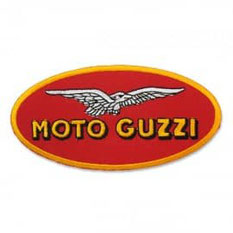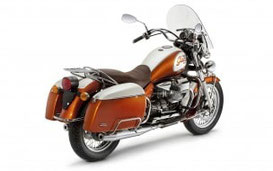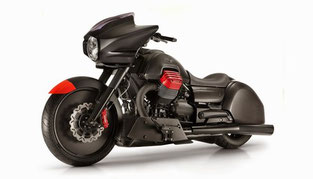
MOTO GUZZI Motorcycle Manuals PDF


History of Moto Guzzi Motorcycles
Some MOTO GUZZI Motorcycle Manuals PDF are above the page - Quota, v7, Bellagio, 1200, V1100.
Manufacturer - Moto Guzzi S.p.A.
Moto Guzzi was established in 1921 and, in a short time, winning victory after victory in motor sports, achieved worldwide recognition and entered the league of the largest motorcycle manufacturers in Italy.
In the mid-1960s, Moto Guzzi developed a 2-cylinder V-shaped power unit, which later became the brand's calling card.
In 2000, Moto Guzzi, together with another Italian company Laverda, were acquired by Aprilia.
The range of models manufactured under the Moto Guzzi brand is made up of a series of road bikes equipped with 350- 1000 cc 2-cylinder V-shaped power units.
Based on the in-plant classification, the model range is divided into the following series - Naked, Sport Touring, Custom and Touring.
All Moto Guzzi models are characterized by a set of common design features, such as a 2-cylinder V-shaped power unit longitudinally mounted in a steel frame with a camshaft located in the cylinder block and a rear-wheel drive universal joint drive.
